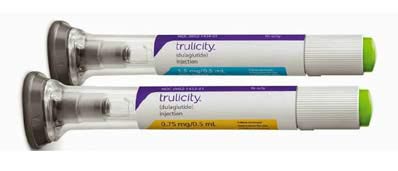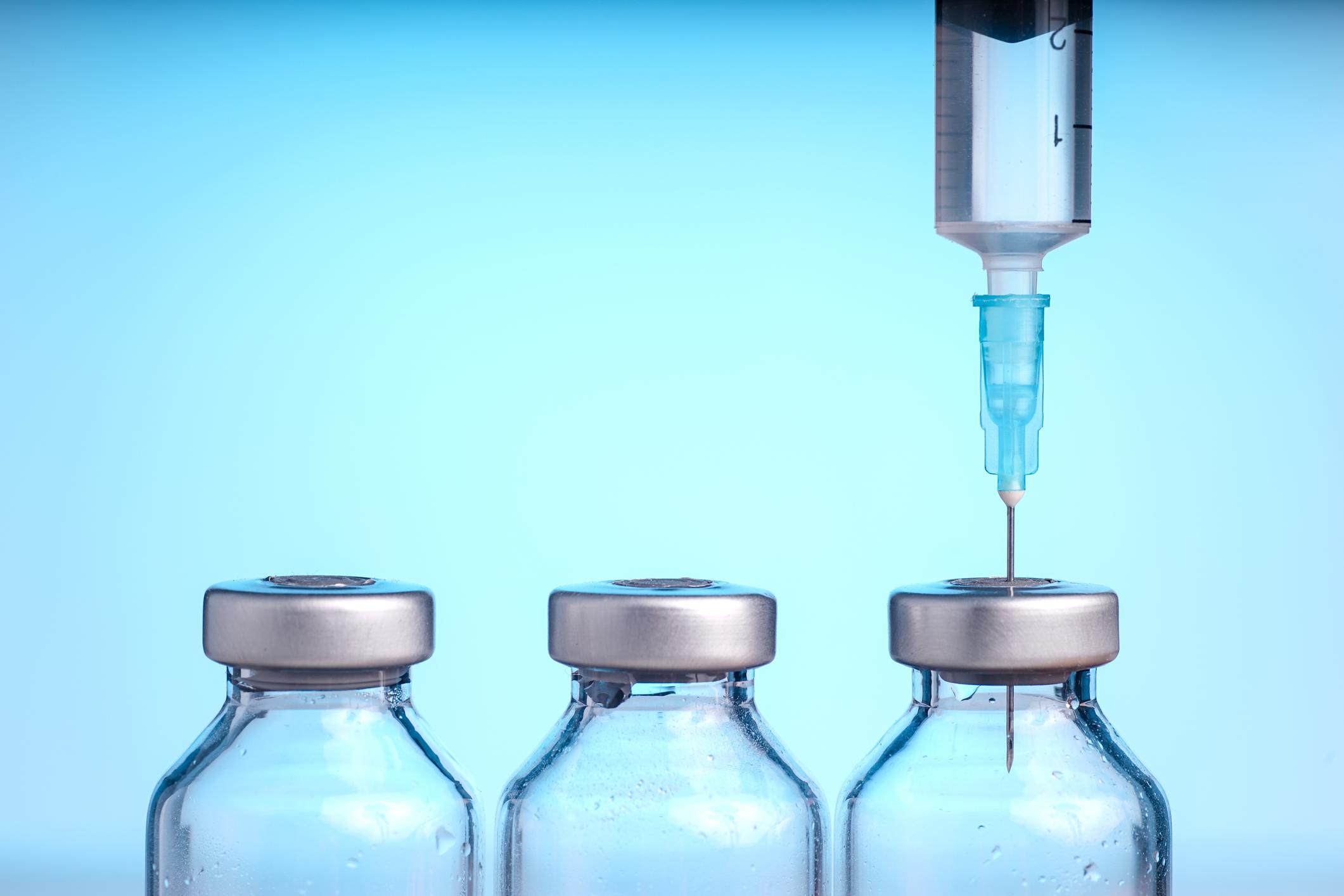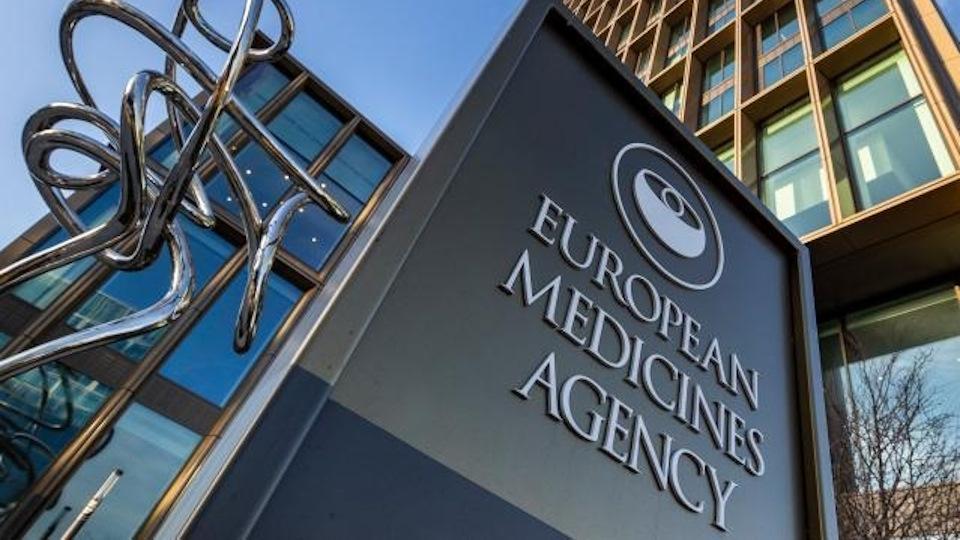Lilly’s diabetes med Trulicity shrugs off Novo Nordisk challenge

Eli Lilly’s crop of new products propelled the company to 8% sales growth in the fourth quarter, but the most pleasing aspect for the firm was likely the resilience of its diabetes blockbuster Trulicity.
Trulicity (dulaglutide) grew more than expected to reach $1.2 billion in the period, a rise of 31% that came despite pricing pressure in the US and competition from Novo Nordisk’s rival once-weekly injectable GLP-1 agonist Ozempic (semaglutide), as well as oral version Rybelsus.
The strong performance of the diabetes product allowed Lilly to build its fourth quarter sales to $6.11 billion, with help from a supporting case of other products launched in the last few years, including another diabetes blockbuster – SGLT2 inhibitor Jardiance (empagliflozin) – as well as psoriasis treatment Taltz (ixekizumab) and insulin biosimilar Basaglar (insulin glargine).
Sales of IL-17 inhibitor Taltz rose 27% to $420 million – despite playing catch-up with Novartis’ category leader Cosentyx (secukinumab) – while Basaglar grew by almost a third to $307 million.
Jardiance fended off increased competition from AstraZeneca’s Farxiga (dapagliflozin) with a 39% gain to $268 million, although it could face more pressure this year thanks to a recent approval for AZ’s drug to tackle heart failure in adults with type 2 diabetes and underlying cardiovascular risks.
There were also signs that JAK inhibitor Olumiant (baricitinib) for rheumatoid arthritis is picking up speed after a slow start, with an 82% increase to $123 million – and potentially more to come in 2020 if it can claim approval in follow-up indication atopic dermatitis.
New migraine prevention drug Emgality (galcanezumab) continued to disappoint on the other hand, with fourth-quarter sales coming in at just $66 million, behind class leader Aimovig (erenumab) which made $95 million for Amgen and $28 million for Novartis in the same period.
Trulicity’s performance was a big positive for Lilly however, as there had been speculation that it might start to slow down thanks to the challenge from Ozempic – which has outperformed it in some clinical trials – as well as the availability of Rybelsus which was approved by the FDA last September and offers a daily pill alternative to injections.
“The injectable GLP-1 class continues to add new patients despite the entry of the new oral therapy,” commented Lilly’s chief financial officer Josh Smiley on the company’s results call, adding that Trulicity “grew faster than the market, hosting an increase of 32% in total prescriptions” in the last three months of 2019.
It’s early days of course, and all eyes will be on Trulicity’s progress in 2020 as Rybelsus gathers recognition among clinicians. Some analysts are suggesting Novo Nordisk’s drug could eventually turn into a $5 billion-plus product.
Lilly also submitted higher-dose formulations of Trulicity for approval in the US and Europe to try to extend the franchise, based on data from the AWARD-11 study which found superior blood glucose control compared to the current version.
Meanwhile, Lilly also confirmed that it will start running a head-to-head cardiovascular outcomes trial for Trulicity and one of its pipeline diabetes candidates – dual GIP/GLP1 agonist tirzepatide (LY3298176) – in what might be seen as a risky move.
“This … signals both our confidence in the strength of tirzepatide as well as our desire to deliver meaningful data for patients and physicians on how new medicines measure against leading therapies,” commented Lilly’s chief scientific officer Dan Skovronsky.












